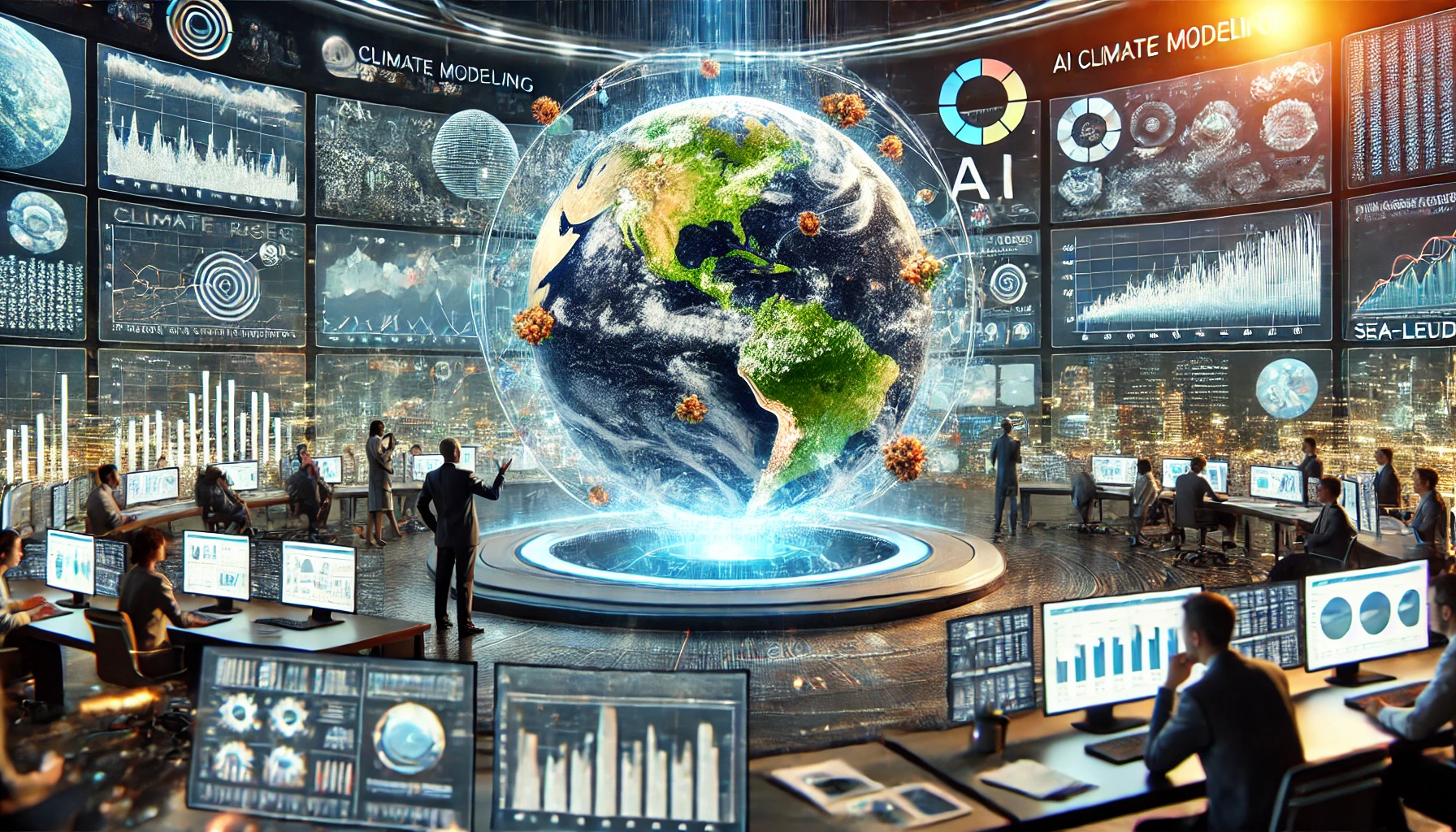Wildfires have become one of the most devastating natural disasters, destroying vast ecosystems, displacing communities, and costing billions of dollars annually. As climate change intensifies their frequency and scale, the urgency for innovative solutions has never been greater. Nvidia’s Senior Research Manager, Jim Fan, believes artificial intelligence (AI) could play a pivotal role in this fight, envisioning a future where AI-driven robots assist in battling wildfires.
The Role of AI in Wildfire Management
AI has already demonstrated its potential in areas like predictive modeling, early detection, and resource allocation in wildfire management. However, the idea of deploying AI-powered robots on the front lines represents a transformative leap. These robots could perform tasks that are too dangerous for human firefighters, such as entering blazing forests to create firebreaks, assessing conditions in real-time, and even extinguishing flames directly.
Jim Fan highlights that advancements in robotics and AI-powered vision systems are key to making this vision a reality. By leveraging Nvidia’s cutting-edge AI technologies, robots can be equipped with the ability to navigate treacherous terrain, detect hotspots, and respond with precision to dynamic fire conditions. These capabilities could significantly enhance the speed and efficiency of wildfire suppression efforts.
Advantages of AI-Driven Firefighting Robots
Deploying AI robots in wildfire management offers several advantages:
- Safety for Human Firefighters: Robots can operate in hazardous conditions, reducing the risk to human lives.
- 24/7 Operation: Unlike humans, robots can work tirelessly around the clock, accelerating response times and containment efforts.
- Precision and Efficiency: AI systems can analyze vast amounts of data in real-time, enabling robots to make informed decisions and deploy resources where they are most needed.
- Scalability: With proper investment, fleets of firefighting robots could be deployed globally to combat wildfires more effectively.
Challenges to Overcome
While the potential is immense, significant challenges remain:
- Development Costs: Creating robots capable of withstanding extreme heat, smoke, and rugged terrains requires substantial investment.
- Training AI Models: Teaching AI to understand and predict wildfire behavior is a complex task that demands extensive data and simulations.
- Deployment Logistics: Coordinating robotic efforts with human teams and integrating them into existing firefighting strategies will require robust planning and infrastructure.
- Ethical Considerations: Ensuring that AI systems make safe and effective decisions without causing unintended harm is critical to their deployment.
A Call for Rapid Development
Jim Fan emphasizes the need for accelerated research and development to bring these concepts to fruition. With wildfires growing in intensity, time is of the essence. Collaboration between tech companies, governments, and environmental organizations will be essential to drive innovation and overcome the challenges of integrating AI robots into wildfire management.
AI-driven robots hold the promise of revolutionizing wildfire fighting, potentially saving lives, reducing environmental damage, and mitigating economic losses. While there are hurdles to clear, the vision laid out by Jim Fan and Nvidia offers a glimpse of a future where technology and humanity work together to combat one of the most pressing challenges of our time. By investing in these advancements today, we can pave the way for a safer and more resilient world tomorrow.




